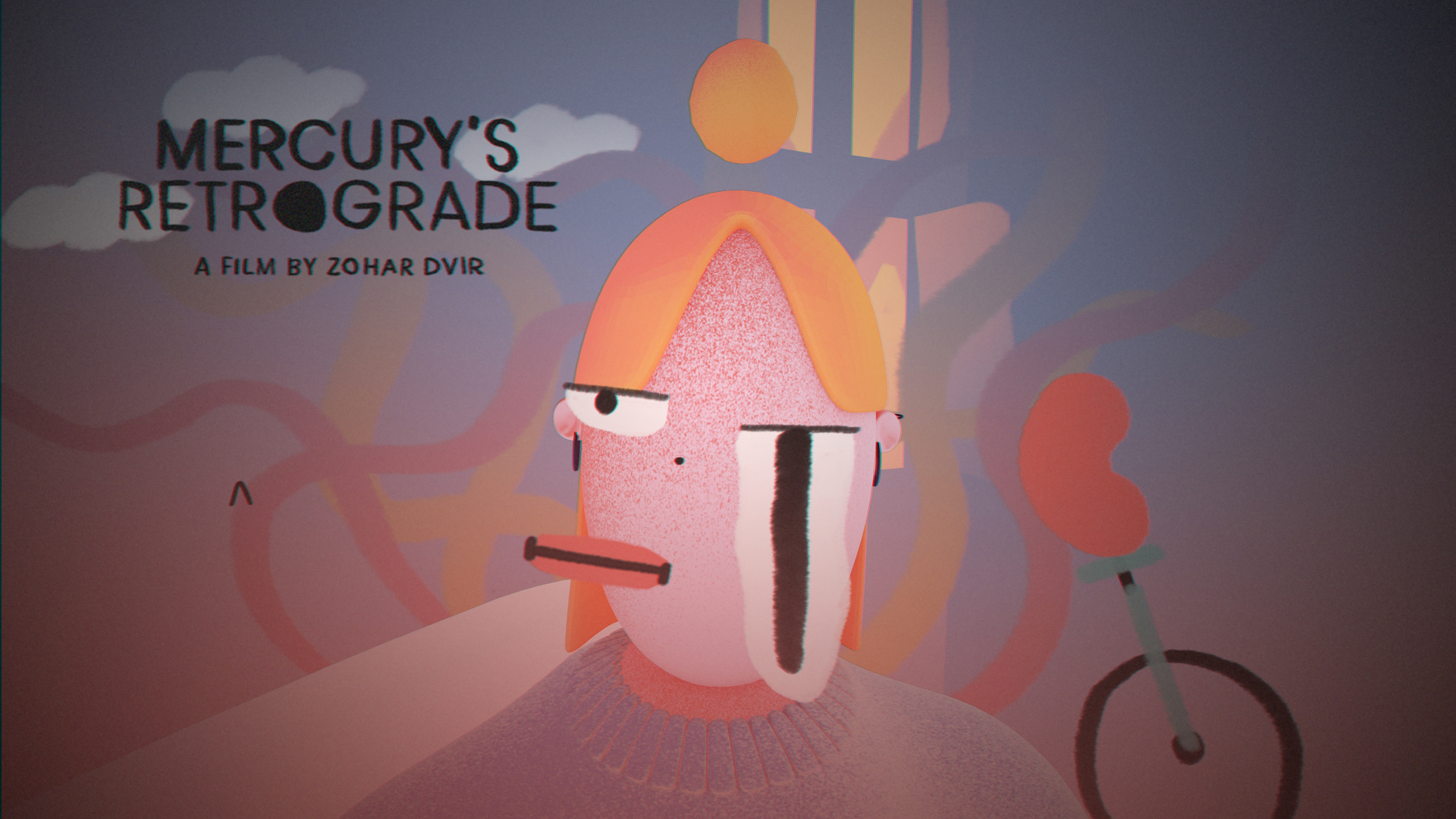
Awards
UK Student Award 2020 - Encounters Film FestivalVimeo Staff Pick
Festival Screenings
2023 Lago Film Fest2022 Animix Tel Aviv
2021 Artisitic Movement Tel Aviv
2021 Pictoplasma Berlin
2021 Kyiv International Short Film Festival
2021 Vienna Shorts
2021 British Shorts
2021 Flatpack Festival
2021 59th Ann Arbor Film Festival
2021 Anifilm Festival
2021 London Short Film Festival
2020 Encounters Film Festival
2020 London International Animation Festival
2020 GIRAF Festival of Independent Animation
Press
It’s Nice ThatCreative Review
Short Of The Week
Stash
Portfolio (Hebrew)
Bigumigu (Turkish)
Elemmental, (Spanish)
Girls In Film
LUX24 (Portuguese)
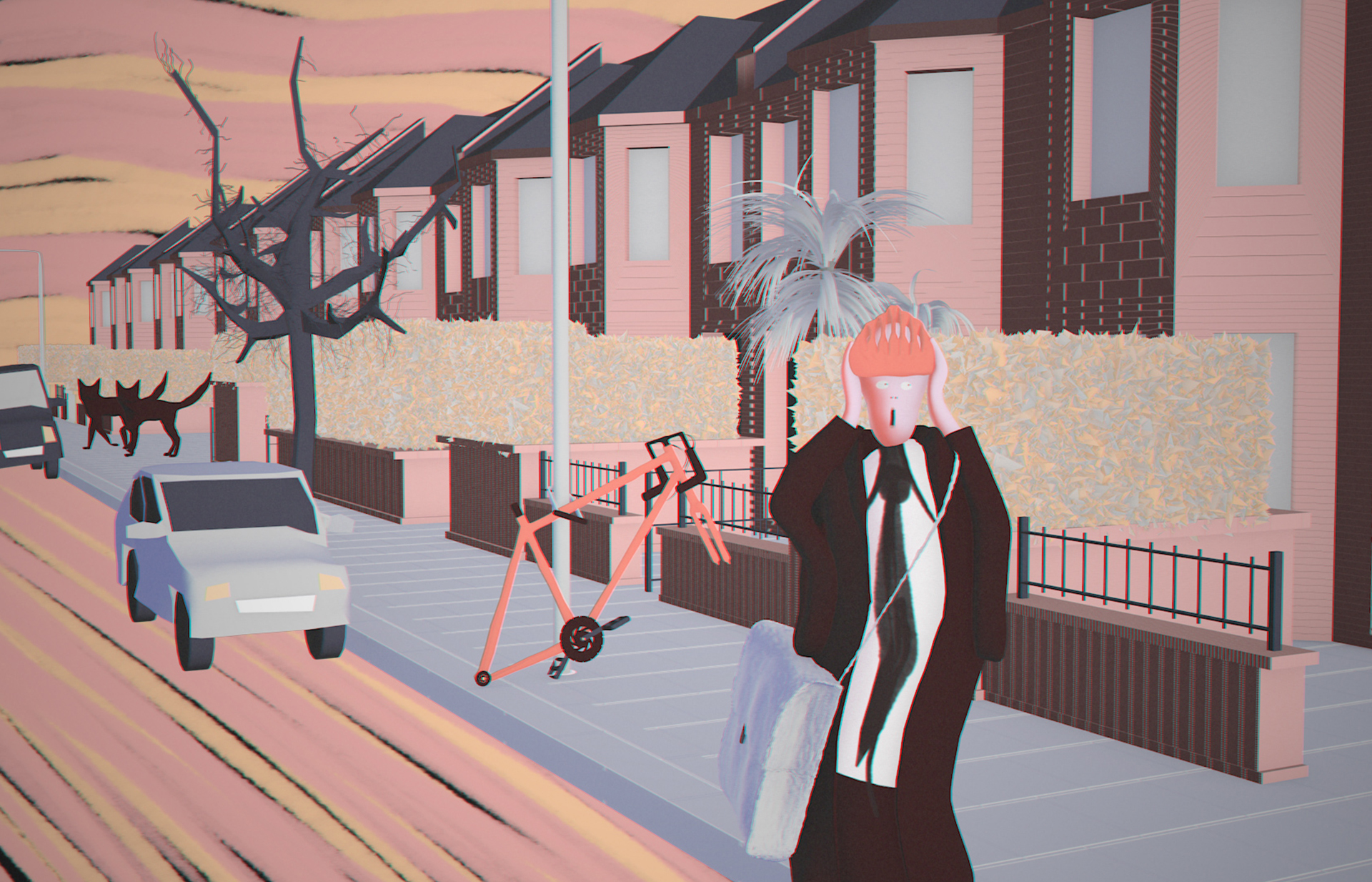
Statement
In an overwhelming and chaotic world it seems like the only way to live through it is disconnecting ourselves emotionally. We are lost, detached, and we have replaced our intuition and inner truth with external sources that give us the sense and order: Are you having an anxiety attack? It’s probably because Mercury is in retrograde. Afraid of leaving your house and catching Coronavirus? It’s because your moon is in cancer. Tarot readings, psychics, acupuncture, rituals - there are so many places we can go to when we seek answers. We got to the point that we can’t make any decisions, and we don’t trust ourselves anymore. Mercury's Retrograde is an inner dialogue about seeking answers, presented in a comic and lighthearted way, concealing a deeper, tragic truth of our generation.
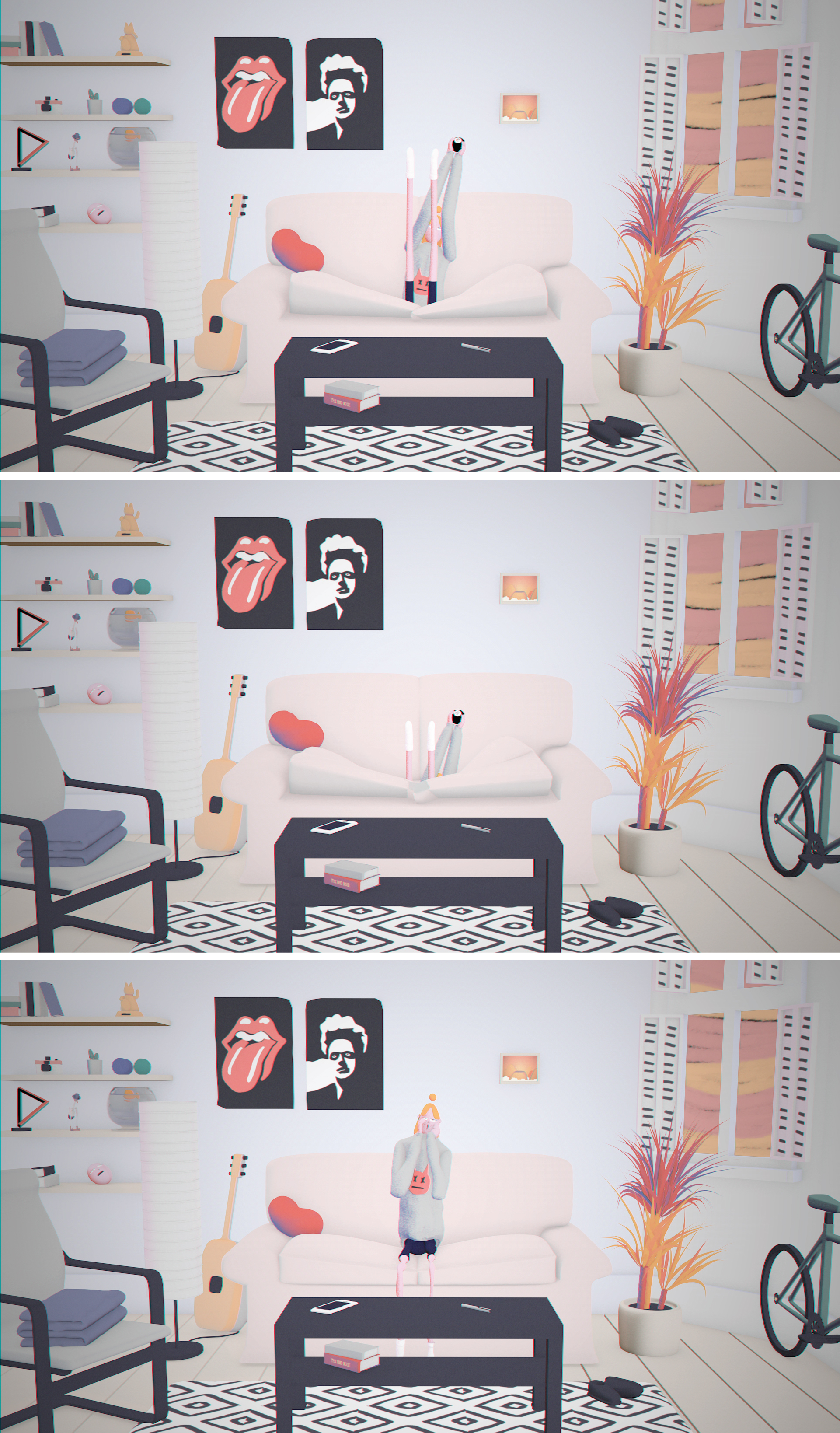
What is Mercury’s Retrograde?
Deriving from a research on Carl Jung's theory of the archetypes of the collective Unconscious, Mercury's Retrograde is a satire about a never ending quest towards self realisation, self improvement, and life's answers.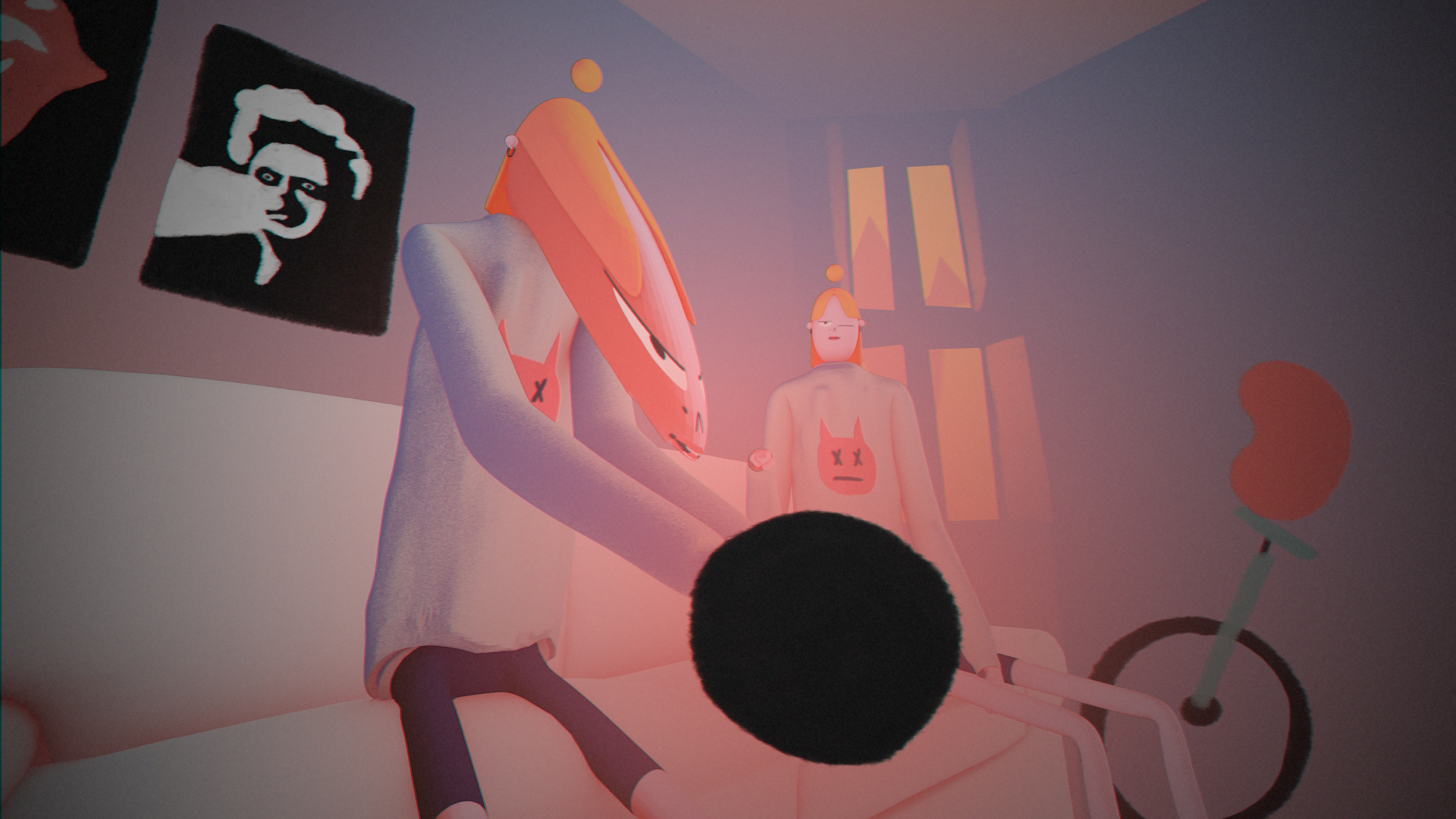
Synopsis
A millennial is relying on her magic 8-ball to make sense of a chaotic life. Her non stopping questions cause her to fall through the sofa into her unconsciousness. When realising her 8-ball disappeared, she sets out on a journey to find it, encountering different aspects of herself. A satire about a never ending quest towards self realisation, self improvement, and life’s answers.
Theory: The Archetypes of the Collective Unconscious
Jung discovered that specific symbolic themes exist in all cultures and civilisations, all epochs, and in every individual. Together these symbolic themes comprise the archetypes of the collective Unconscious and represent the essential elements of the eternal truths in myths. According to Jung, archetypes reside in that part of the Unconscious, which is common to all human beings and is therefore collective. These archetypes are not directly available to the conscious mind but manifest themselves in dreams and other mystical experiences. Archetypes are the clues to self-realisation in myths, and in many other cultural phenomena. Jung discovered different archetypes through recordings of his own dreams, fantasies, and visions, as well as those of his patients, and found that these archetypes are both good and bad manifestations, reflecting the principle of the opposites in the psyche. An image can be considered archetypal when it can be shown to exist in the records of human history, in identical form and with the same meaning.
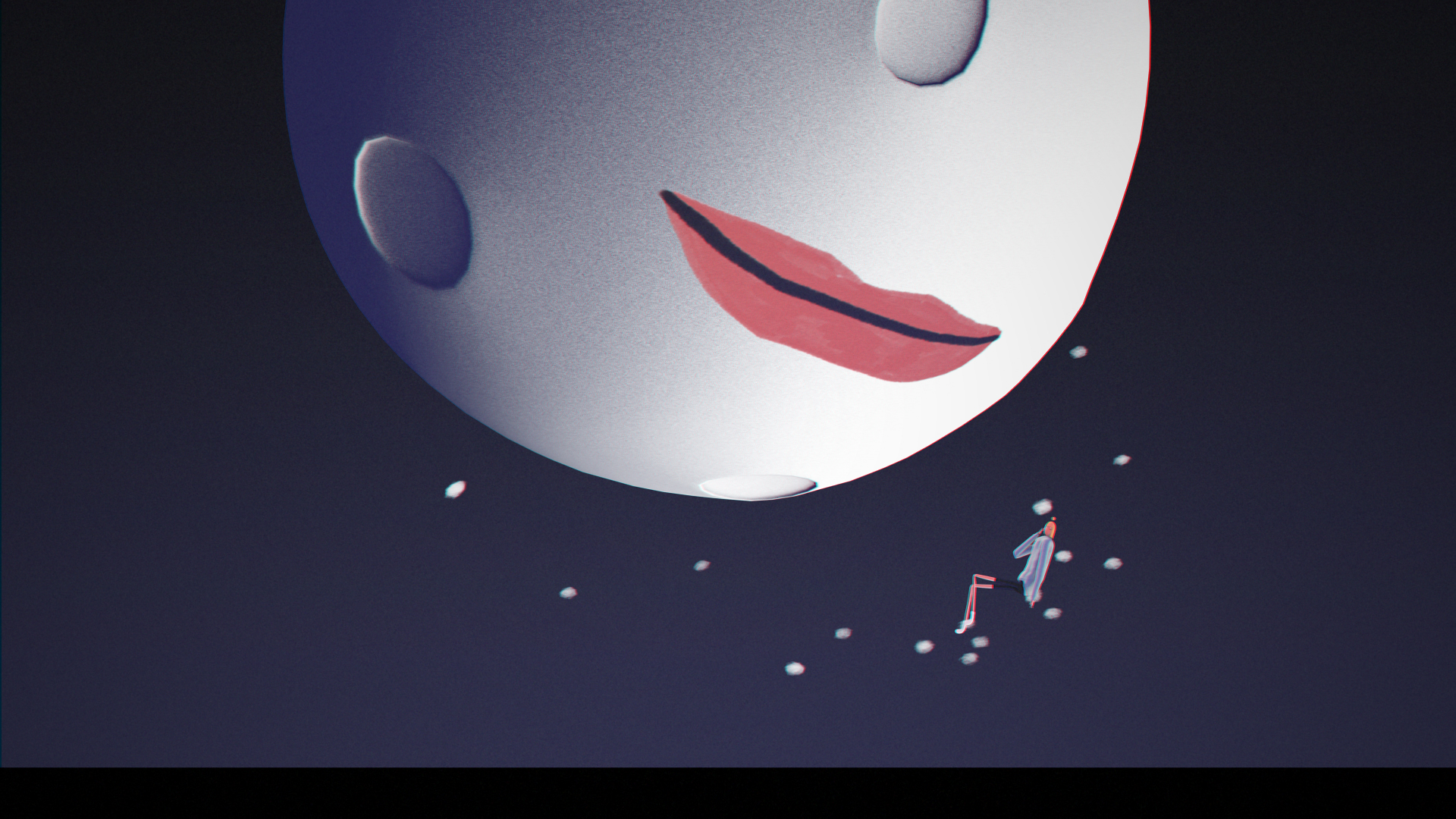
Particularly important Archetype’s in Jung’s Theory
• The Self is the most critical archetype, for it represents the centre of personality, i.e. the centre of its conscious and unconscious part. It is characterised by the harmony and balance between the various opposing psychic qualities.• The Shadow is the negative or inferior side of the personality, which includes animal tendencies inherited from pre-human ancestors.
• The Anima represents the feminine in man, and the Animus is the comparable counterpart in the female psyche.
• The Mother is the source of all life and nurture. This archetype includes different manifestations: Mother Earth, Divine Mother, deep water, womb, a vessel. The sea, the moon etc.
• The Child represents the original or childlike condition in the life of the individual. It also signifies the potentiality of future personality development and self-realization.
• The Wise Old Man is the archetype of meaning, spirit and authority.

The Truth in Psych
Jung referred to Truth extensively in his research. He asserted that the archetypes of the collective unconscious represent the essential elements of the eternal truths in myths; they are symbolic keys to truths and the paths to personal enlightenment and are the clues to self-realisation in myths, and in many other cultural phenomena. The collective unconscious guides the individual to self-fulfilment, appearing in dreams as myths and symbols which can lead to self-understanding and a sense of 'wholeness'. Jung believed that society lost its spirituality as scientific understanding grew, leading to disorientation and dissociation. Dreams help to compensate for this enormous loss, producing symbols of the mysteries of life. The symbols are an attempt to unite the reconcile opposites with the psyche. As Plato claimed in his doctrine of Recollection that all learning is a recollection of knowledge buried within the soul, Jung believed that each human holds collective knowledge gathered over millions of years.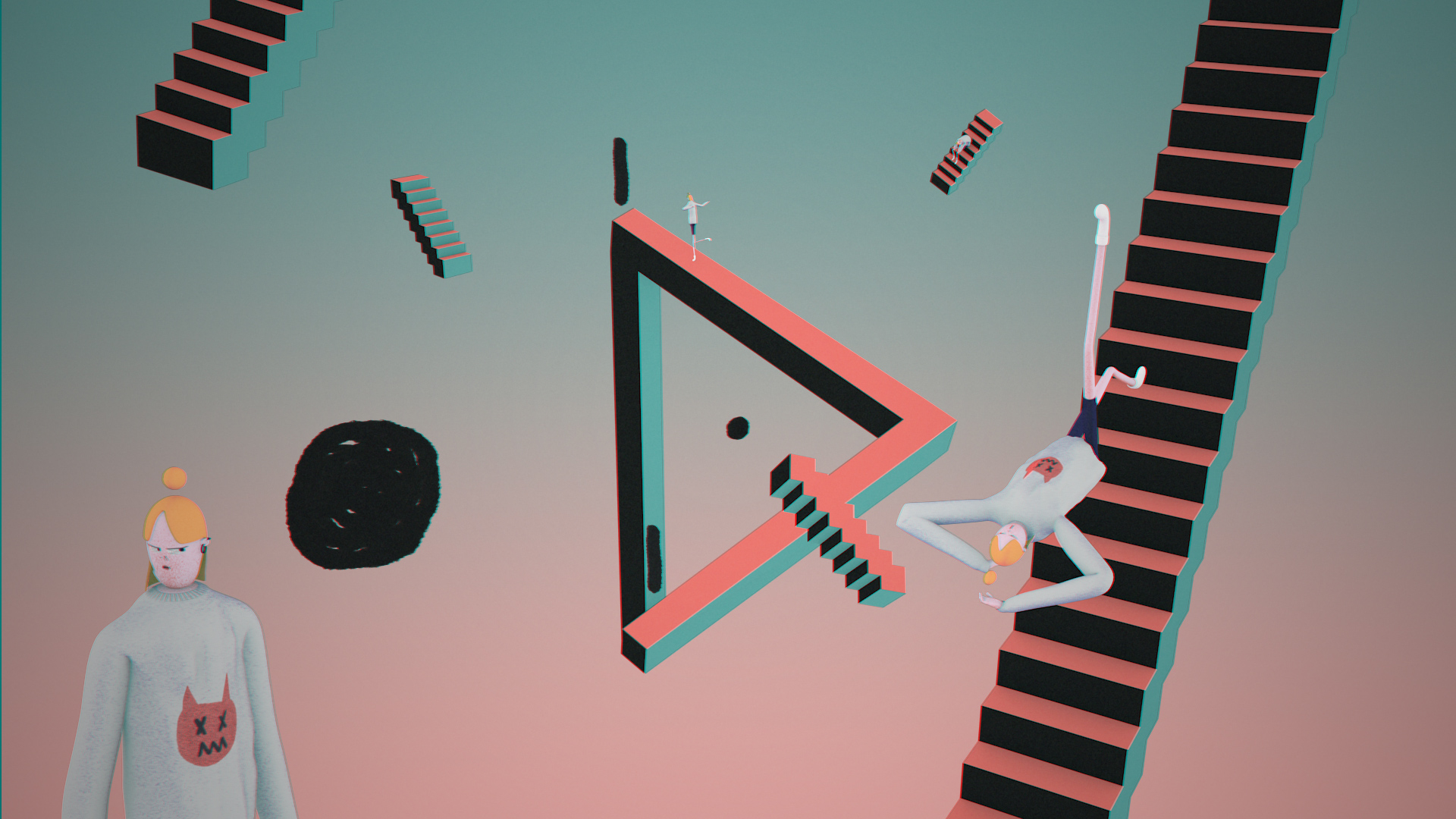
Credits
Director, animator, writer: Zohar DvirVoices: Amy Toledano, Alexia Charoud, Christian Pecher, Hugo Charoud
Sound Design: Alexia Charoud
Royal College of Art | 2020
